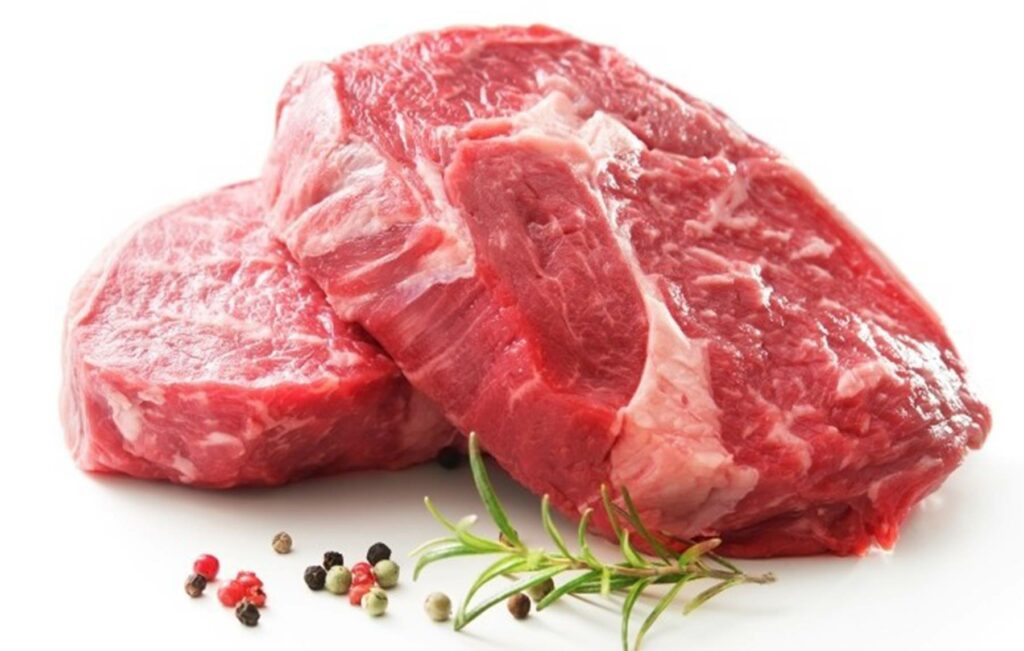
With the global population projected to reach 9.7 billion by 2050, the issue of food security is becoming increasingly important. One of the major challenges is ensuring that everyone has access to a nutritionally adequate diet, which includes sufficient protein.
However, for a large segment of the global population, meat is financially out of reach. According to data from 2017, 3 billion people could not afford meat. Source 🙁https://www.ilri.org/news/ilri-scientists-work-highlighted-international-summit-societal-role-meat-and-special-volume). This number is likely to have increased due to various factors, including the COVID-19 pandemic, the Ukraine crisis, and inflationary pressures.
The problem is particularly acute in countries with rural and traditional food systems. In these areas, 78 percent of people cannot afford a nutritionally adequate diet. This is a significant concern, as these communities often rely on traditional food sources, which may not provide adequate protein.
There are several reasons why meat is financially out of reach for many people. Firstly, meat is generally more expensive than other sources of protein, such as beans, lentils, and tofu. In addition, the cost of meat can vary depending on factors such as location, season, and supply chain disruptions. Another factor is the global demand for meat. As countries become wealthier, their demand for meat increases. This leads to higher prices, making it more difficult for low-income families to afford meat.
The COVID-19 pandemic has also had a significant impact on the price of meat. Disruptions to supply chains, labor shortages, and increased demand for meat as a result of panic buying have all contributed to higher prices. In addition, the pandemic has led to economic instability, which has made it even more difficult for low-income families to afford meat.
The issue of meat affordability is not just a matter of economics. It also has implications for public health and the environment. Meat is a good source of protein, but excessive consumption can lead to health problems such as obesity, heart disease, and certain types of cancer. In addition, the production of meat is resource-intensive and contributes to greenhouse gas emissions.
So, what can be done to address the issue of meat affordability? There are several potential solutions. One is to promote alternative sources of protein, such as plant-based foods. These are generally less expensive than meat and can provide the same nutritional benefits. Another solution is to increase access to meat through food assistance programs or subsidies.
At the same time, it is important to recognize that meat is an important part of many people’s diets and cultures. Therefore, efforts to promote alternative protein sources should be done in a way that respects cultural traditions and preferences.
In conclusion, the issue of meat affordability is a complex one with implications for public health, the environment, and global food security. While there are no easy solutions, promoting alternative protein sources and increasing access to meat through targeted interventions are two potential ways to address this pressing challenge.
By Esther Namirimu
PO Advocacy and Communications
